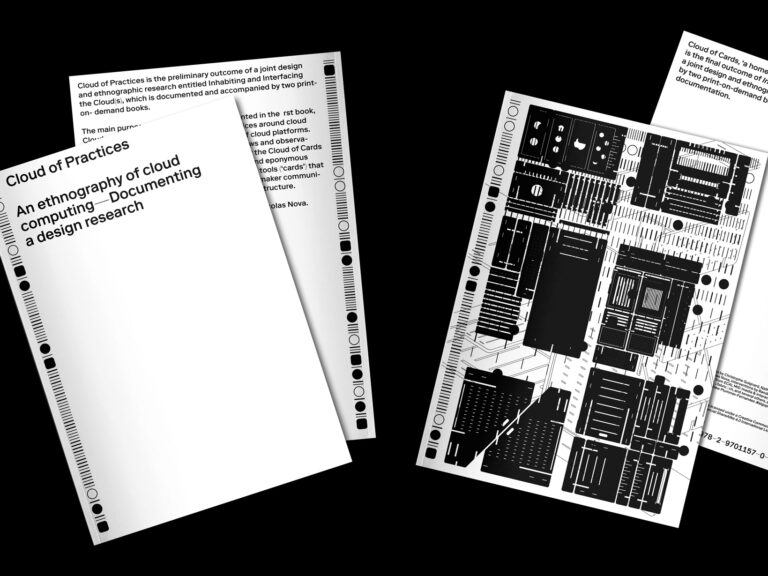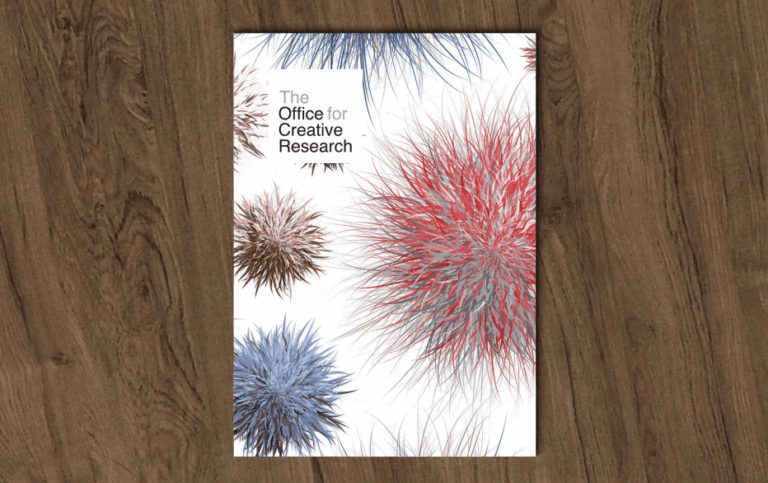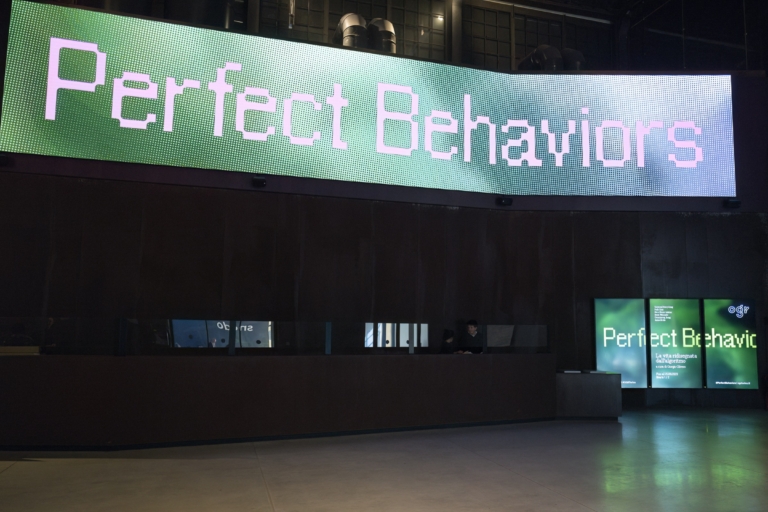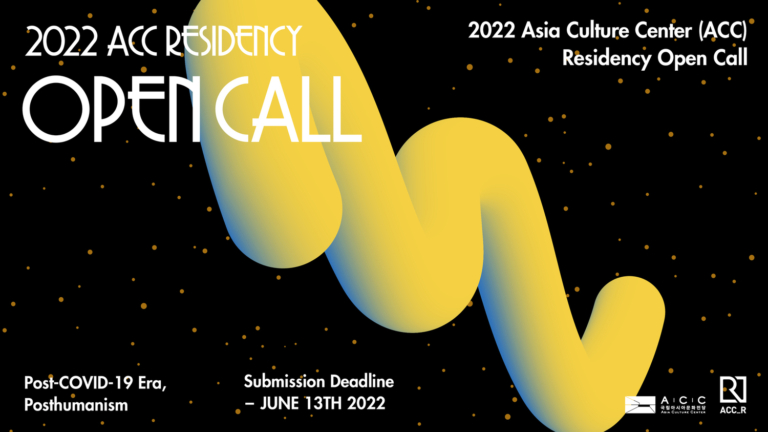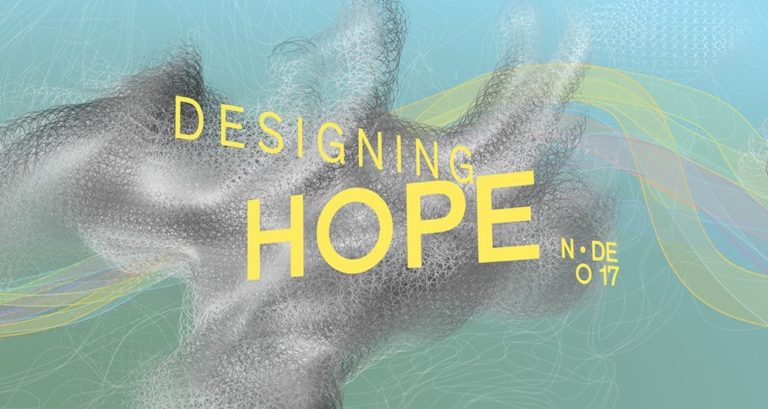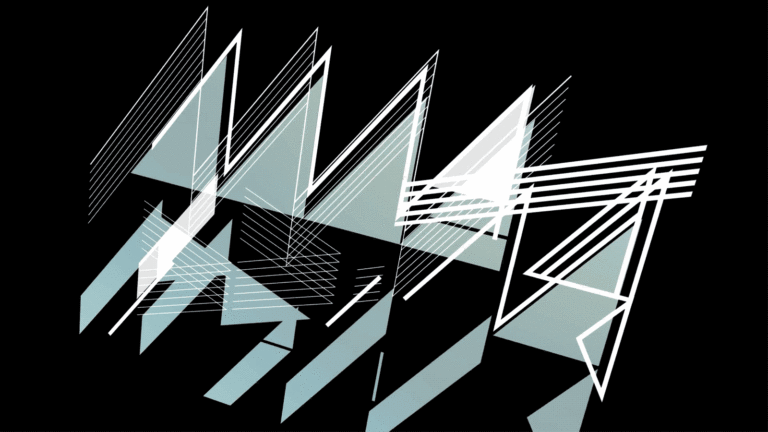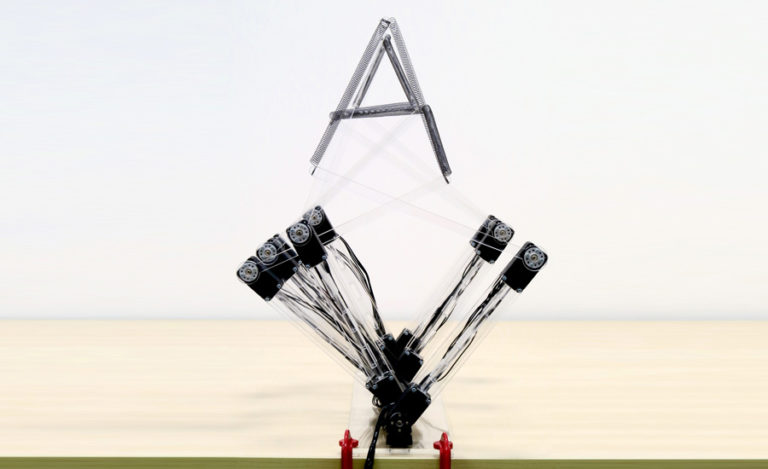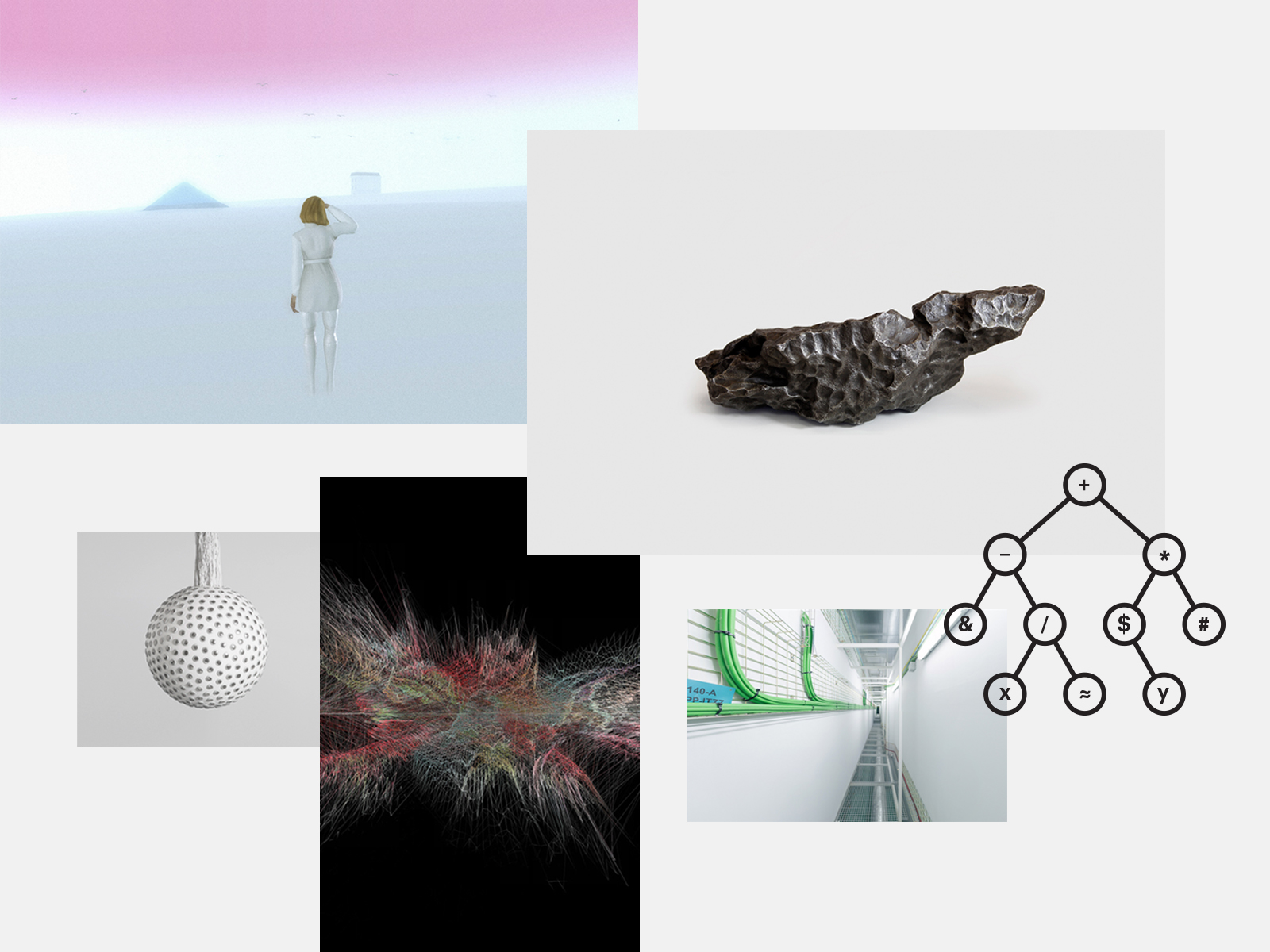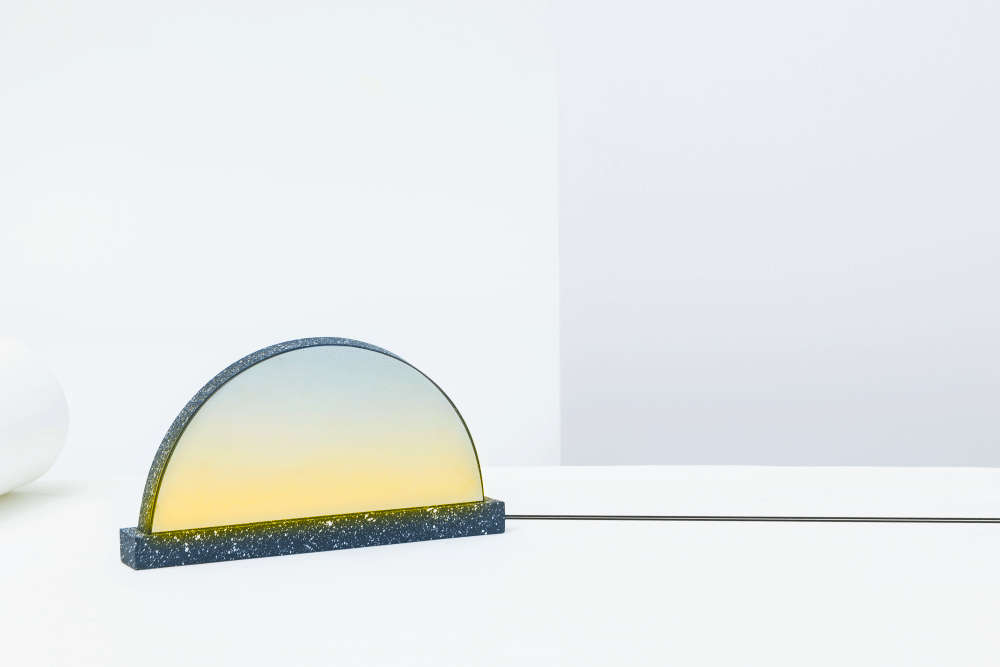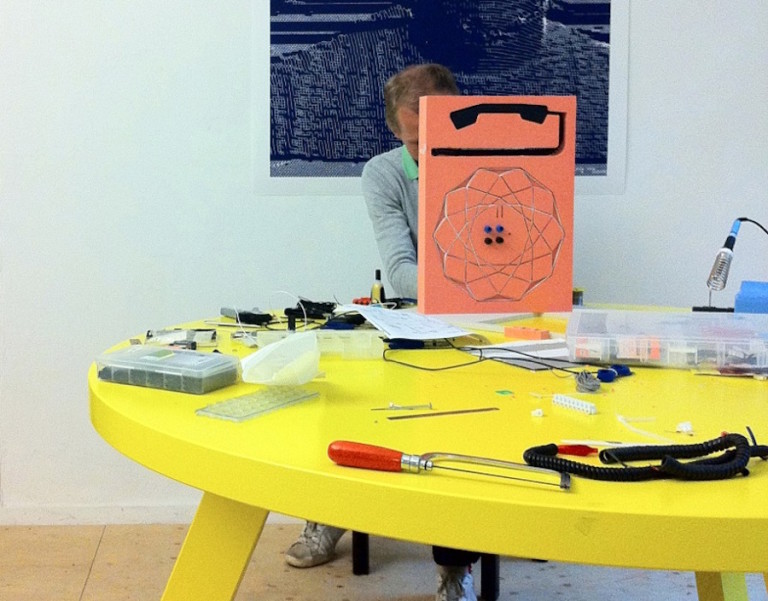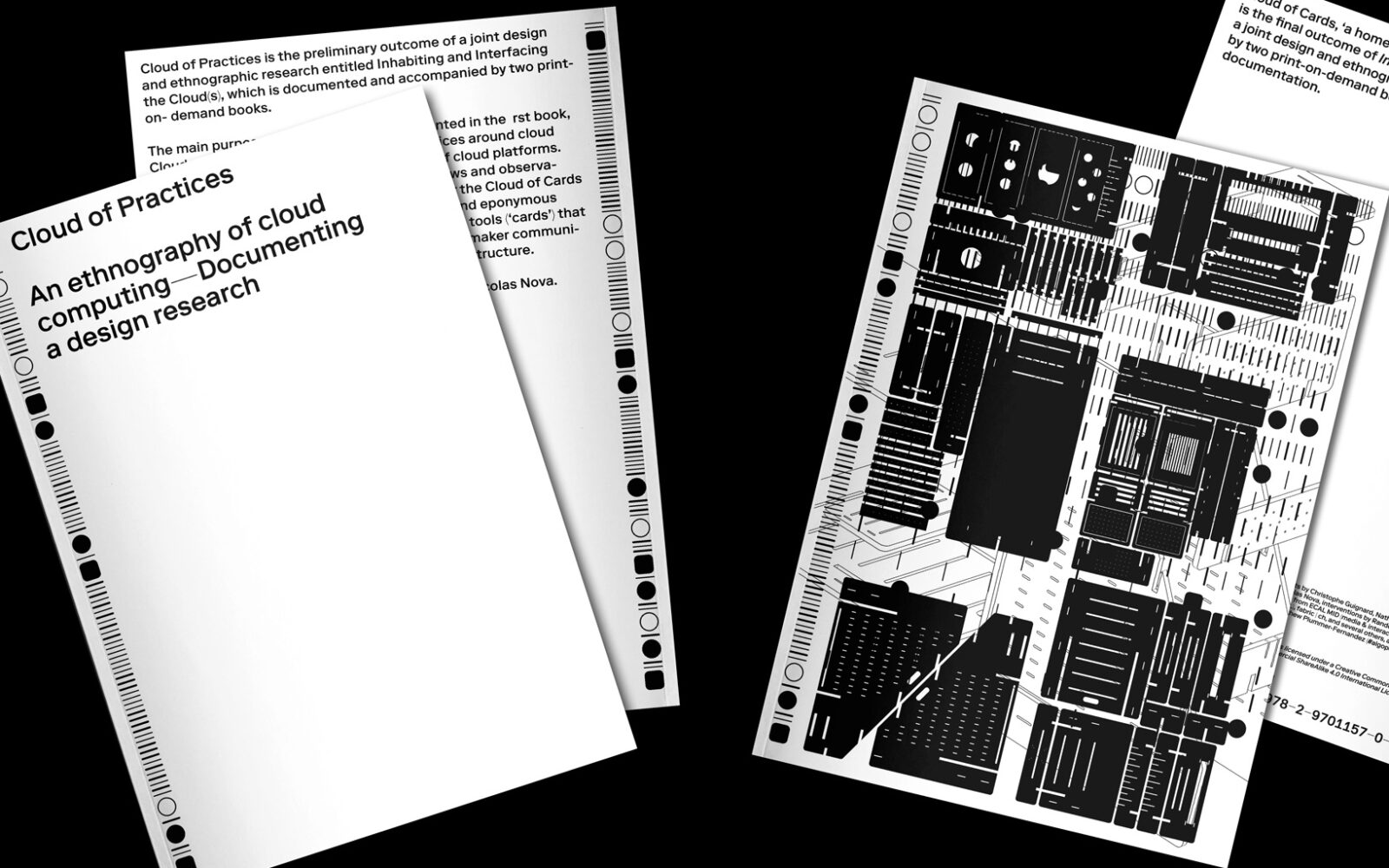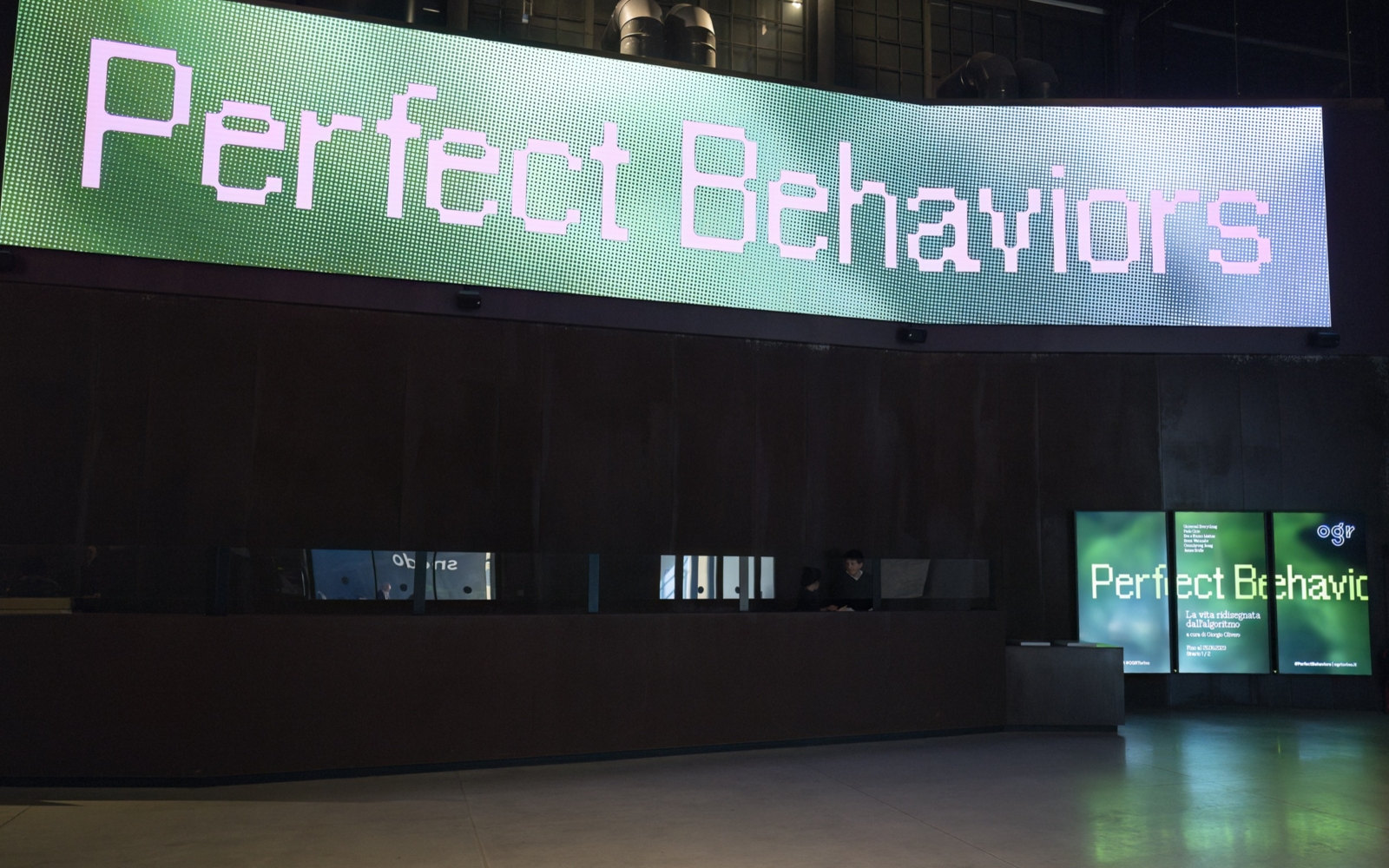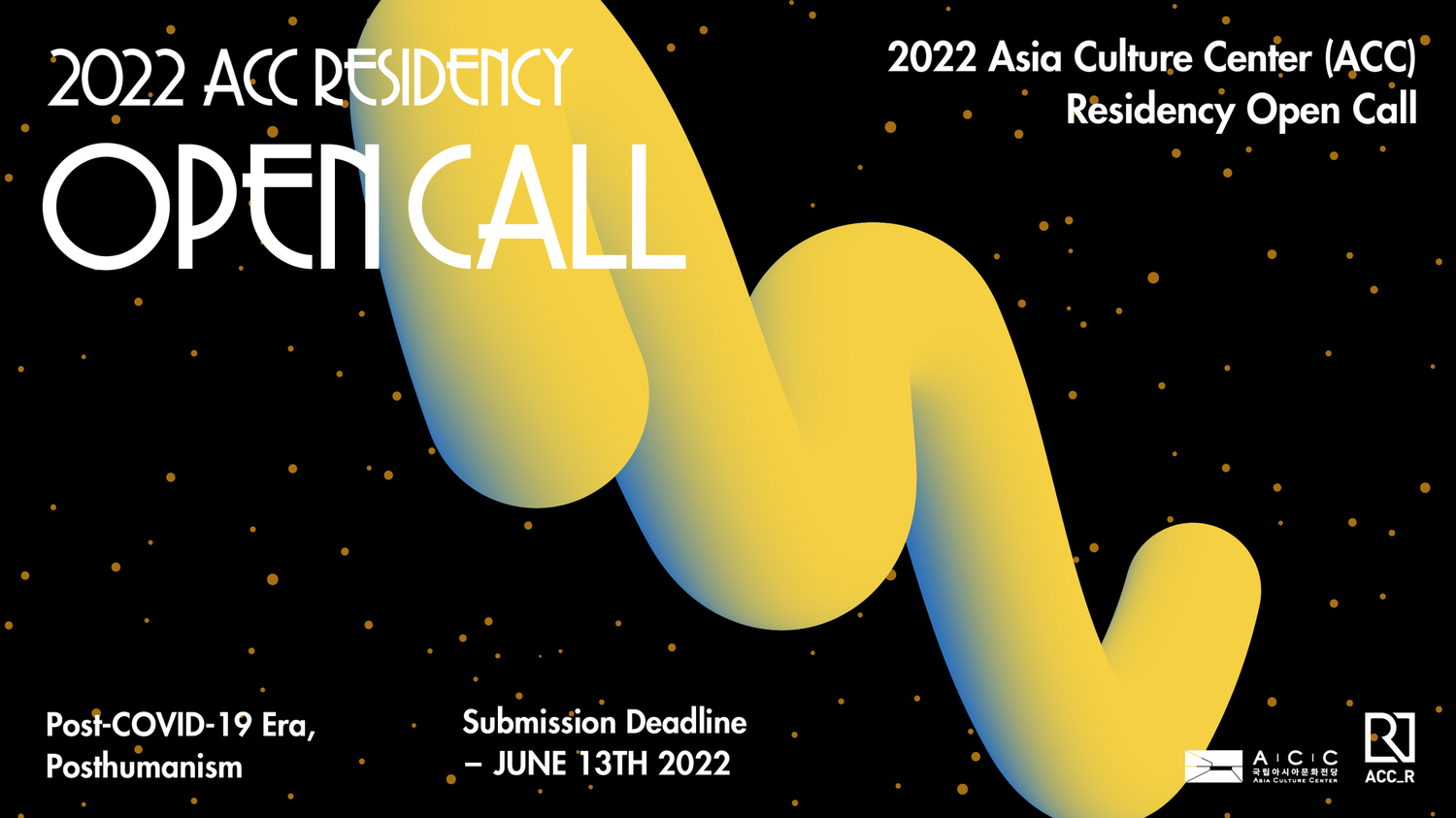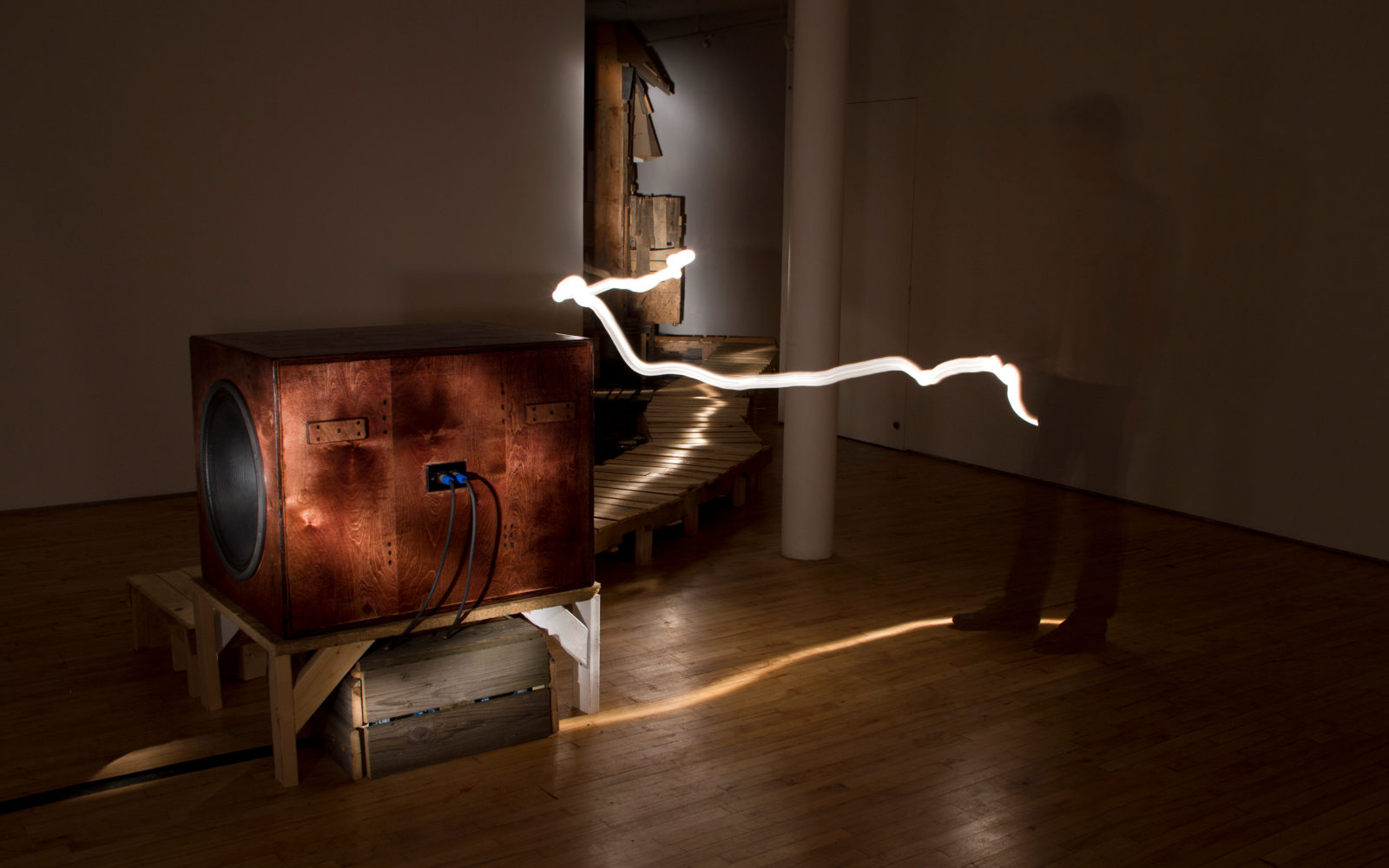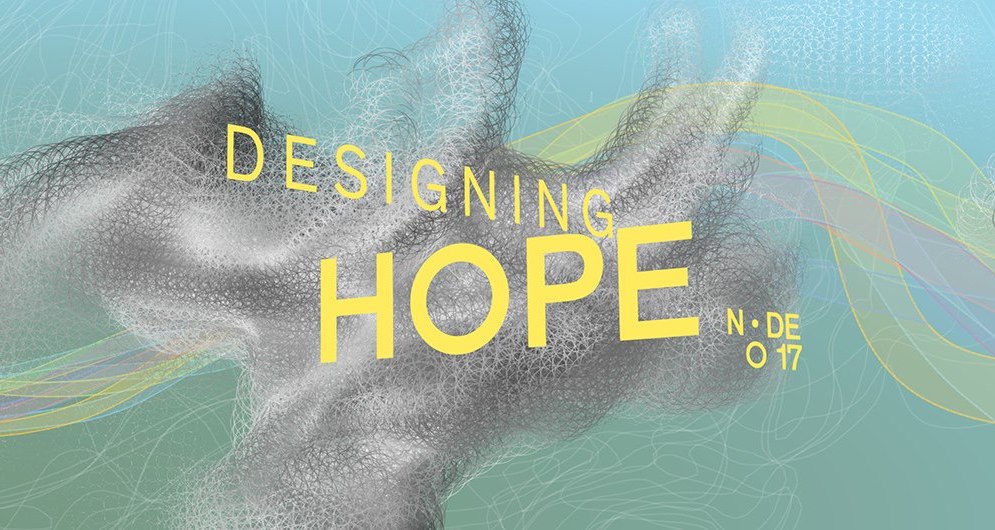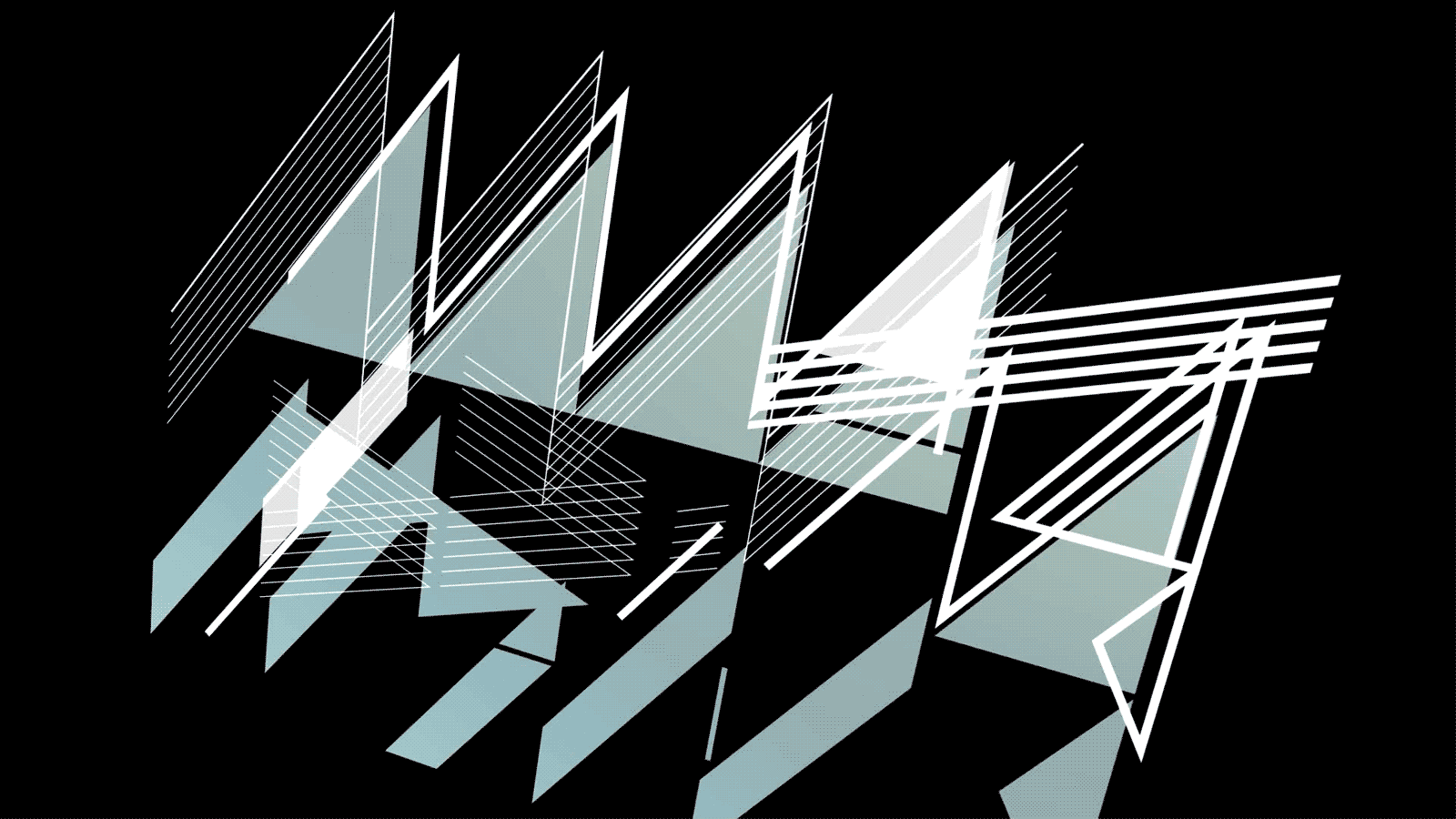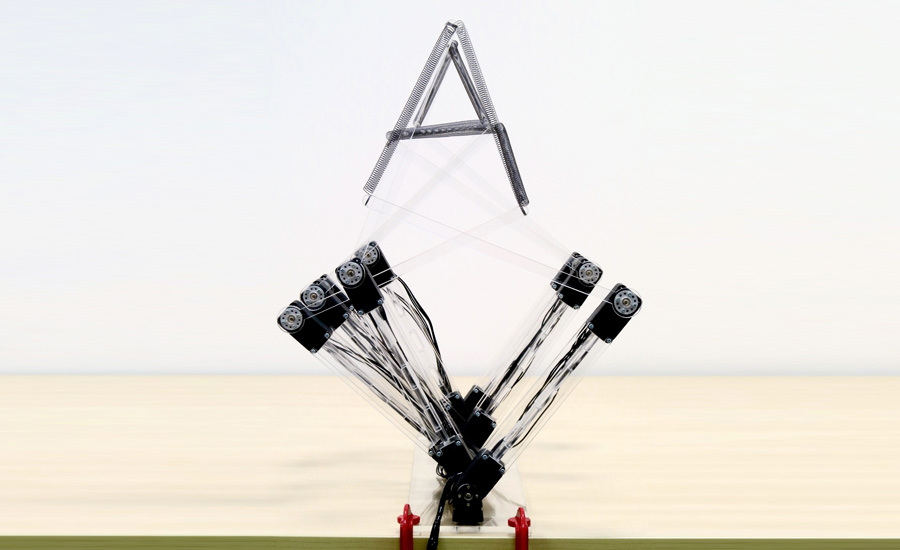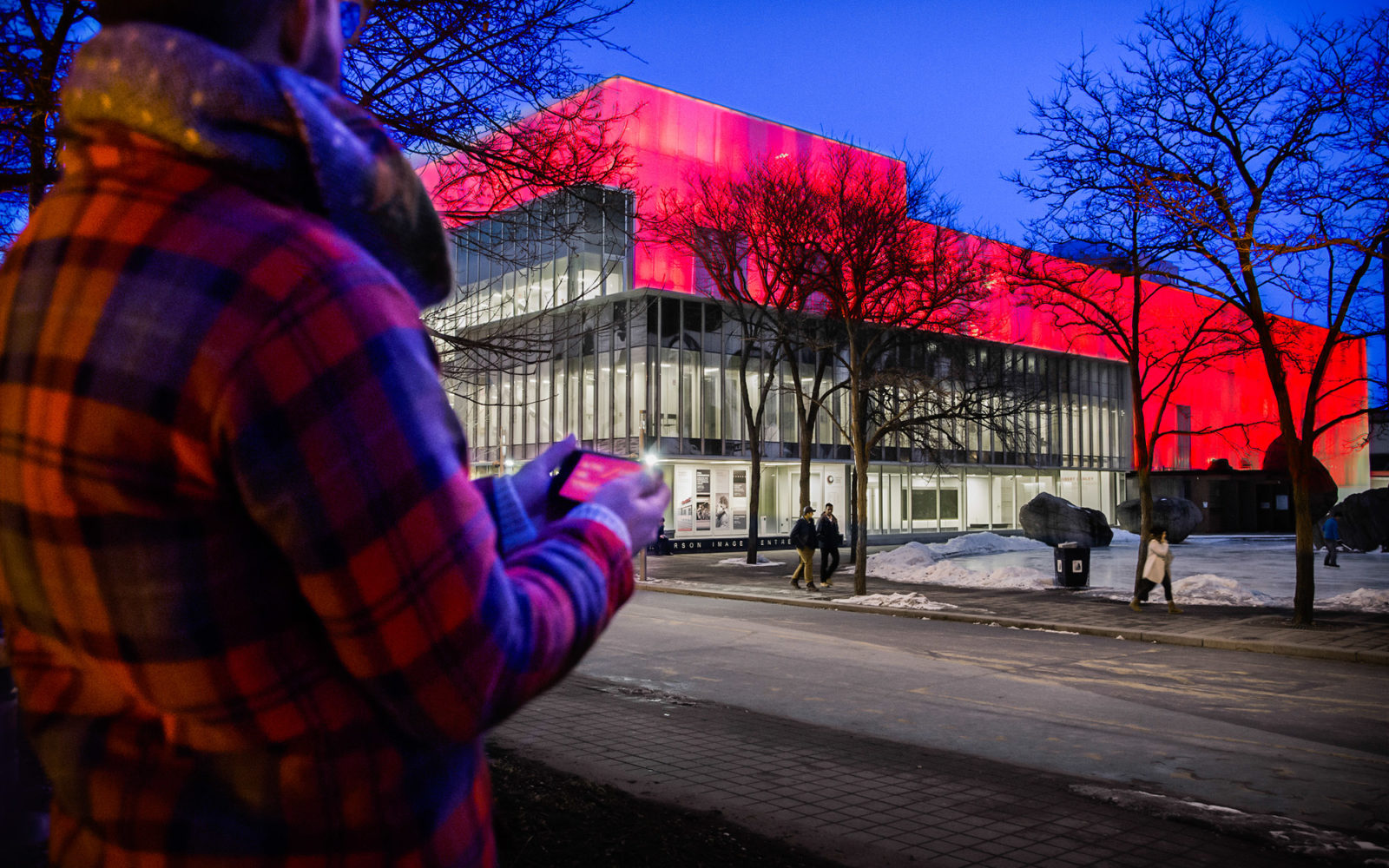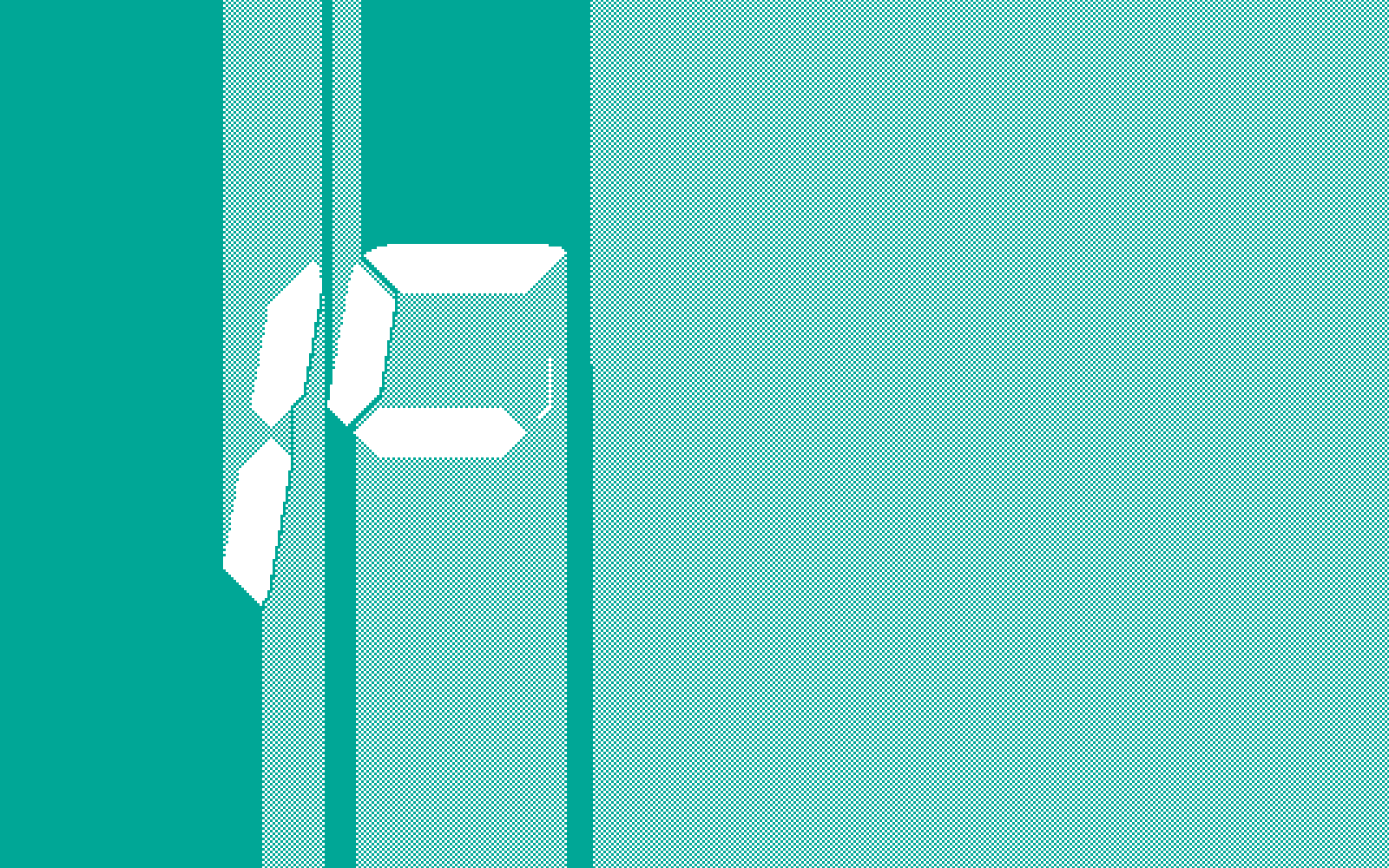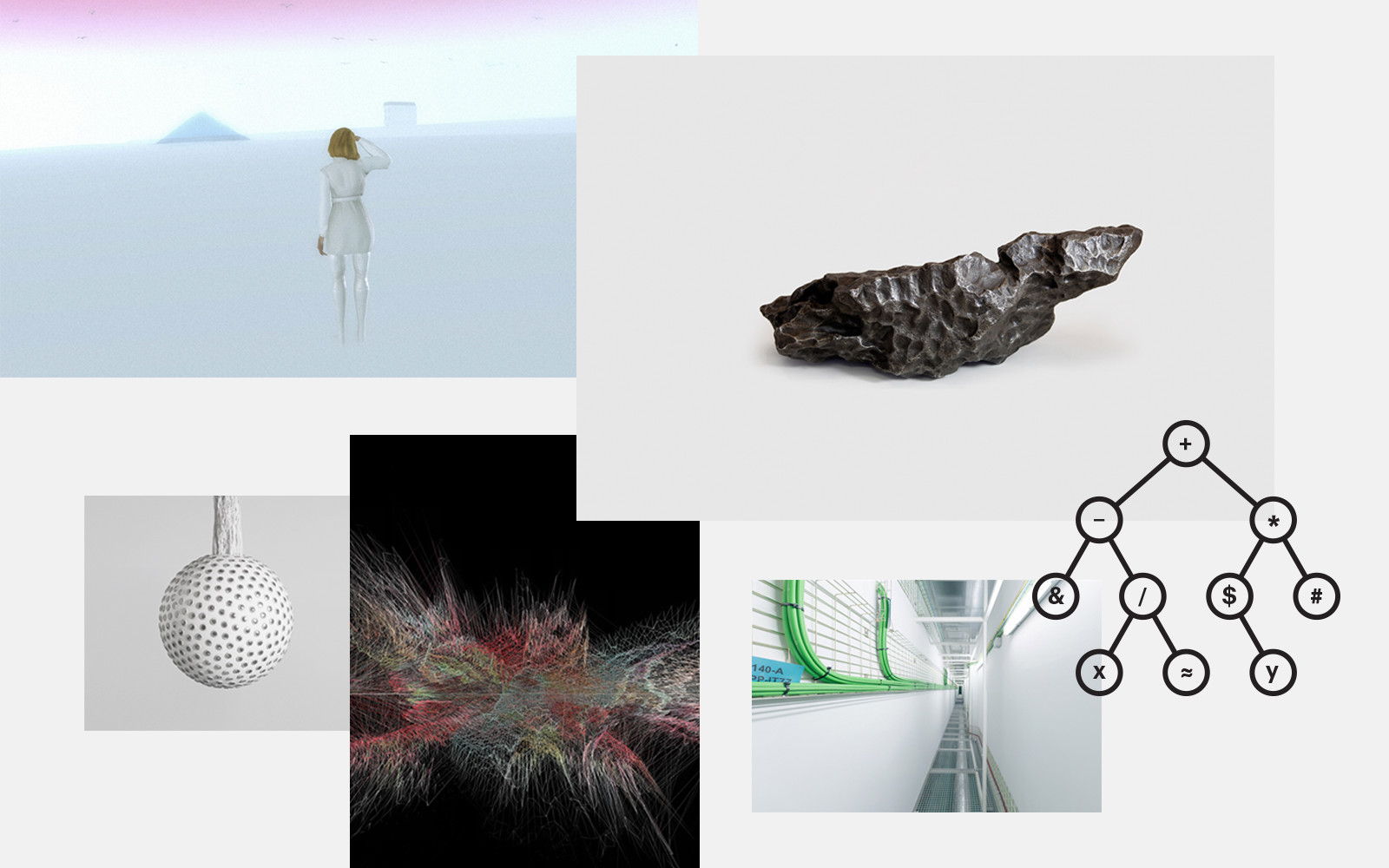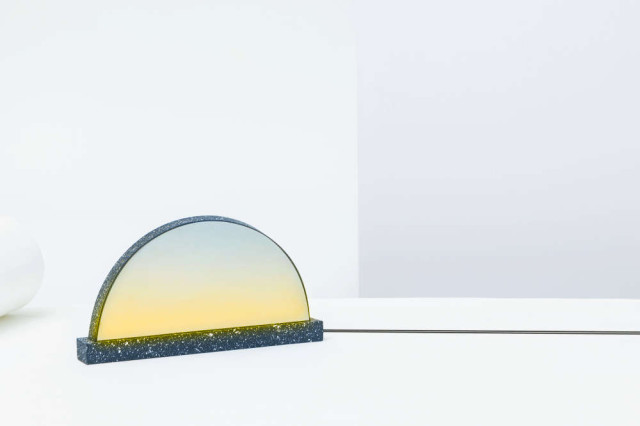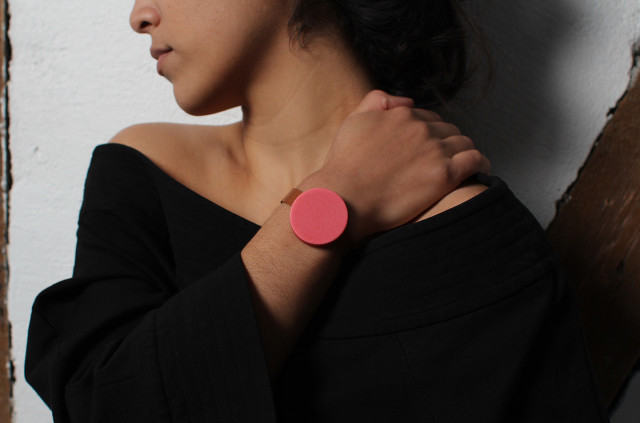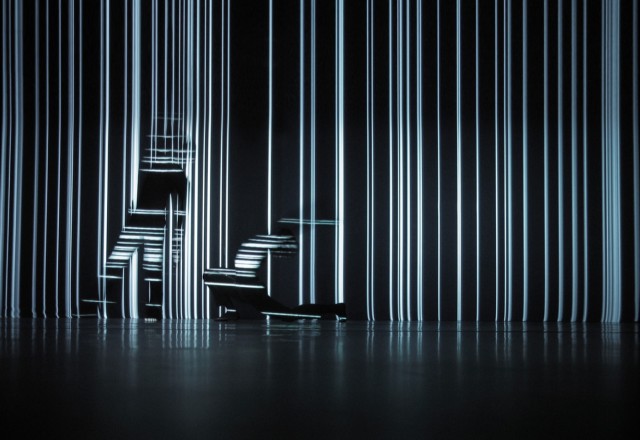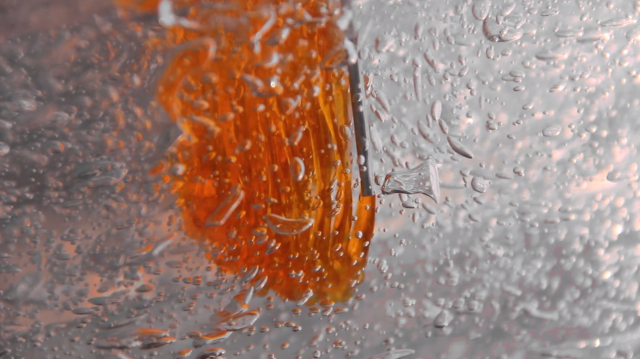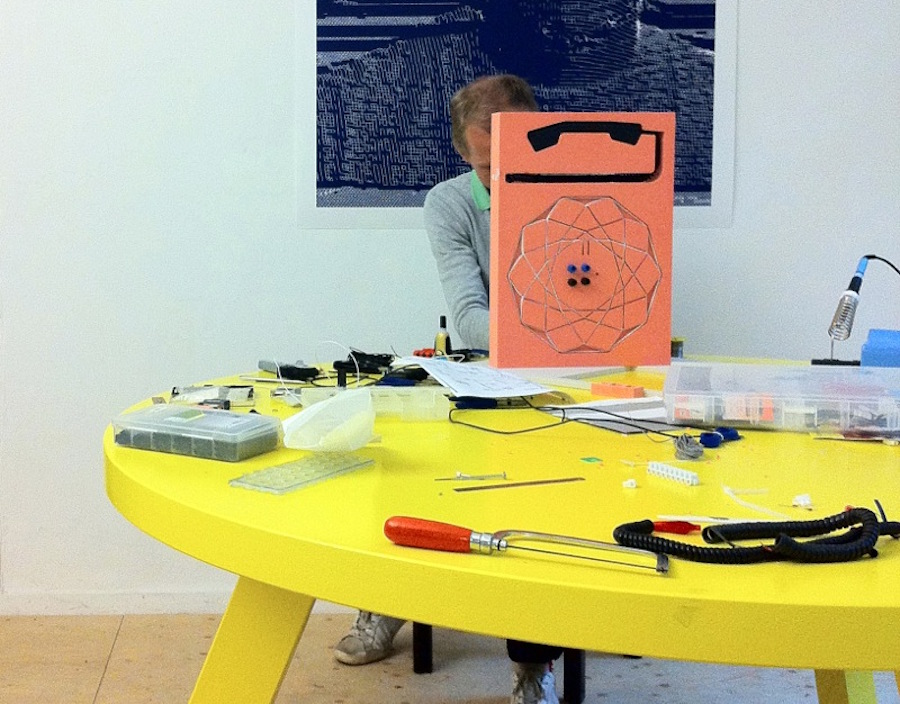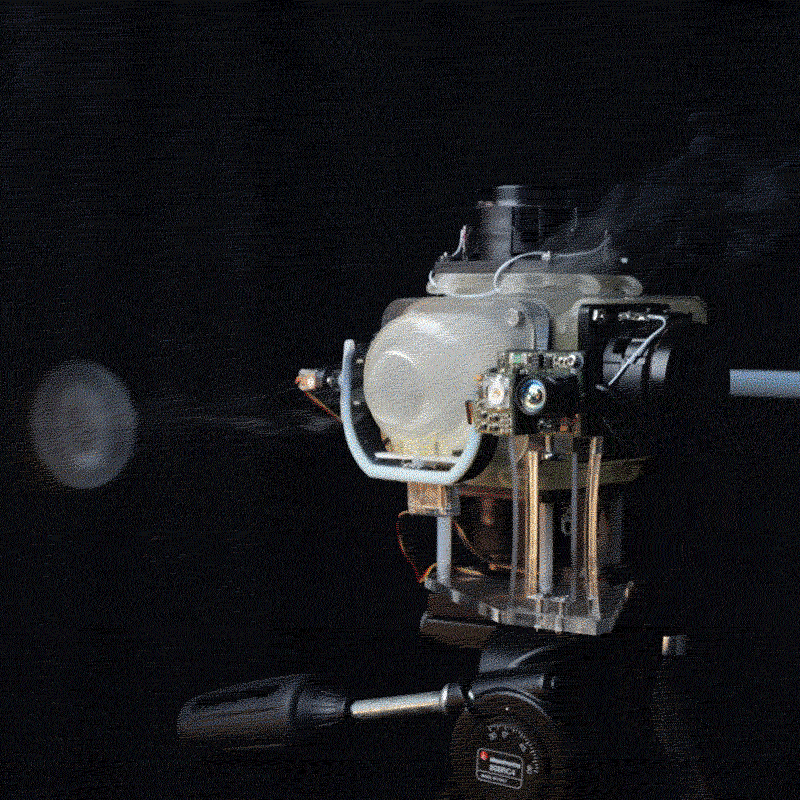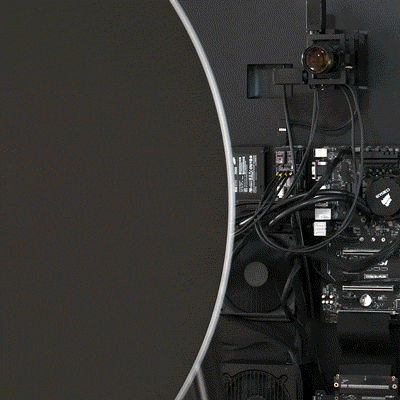/?s=office for creative research
Displaying search results
25 Results
Following their incisive examinations of online advertising ecosystems and browser activity ad profiling, the Office for Creative Research recently completed an interactive touchscreen-based interactive work that visualizes (and sonifies) botnet activity based on data collected by Microsoft’s Digital Crimes Unit.
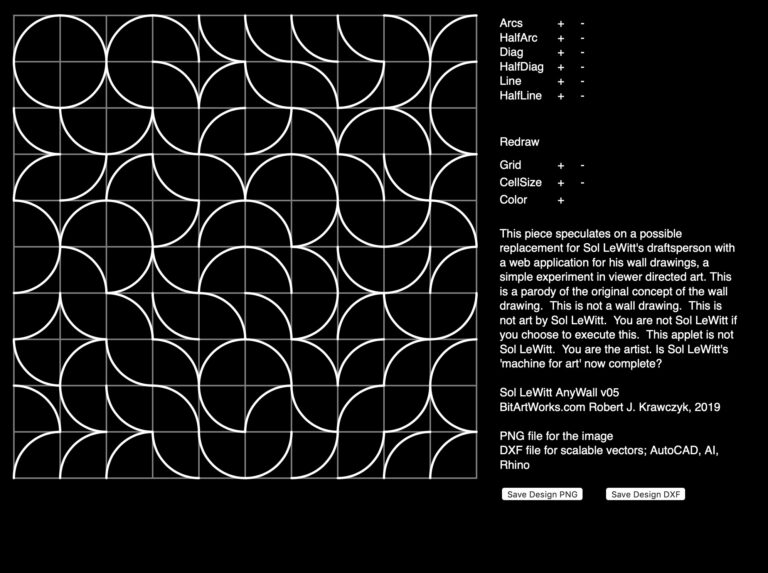
“My God is Machinery; and the art of the future will be the expression of the individual artist through powers of the machine – the machine doing all those things that the individual workman cannot do. The creative artist is the man who controls all this and understands it” – Frank Lloyd Wright, circa 1901…
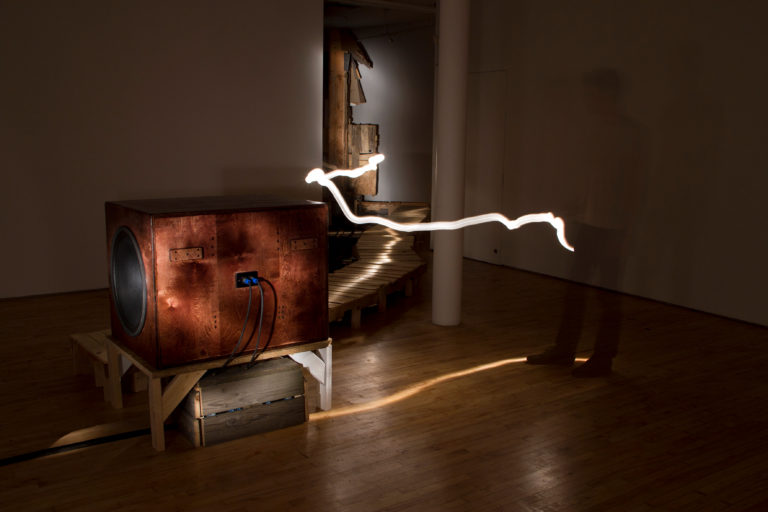
AUDINT is a European artist collective working across animation, installation, and publishing. Drawing on excerpts from an extended conversation with the group, we unpack their vision of the dystopian future-present and the nether zones that can be conjured through sound and vibration.
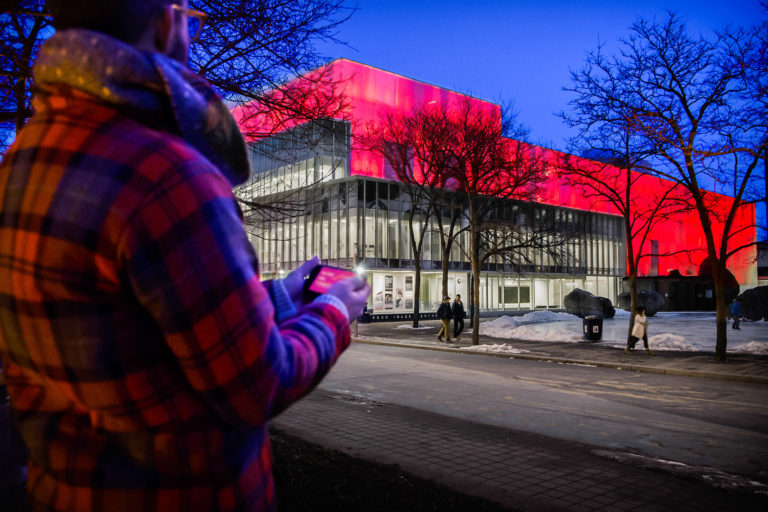
Dave Colangelo, a researcher and artist focused on the role media plays in the city. An Assistant Professor at the Portland State University in the School of Theatre + Film, and a member of the Public Visualization Studio, Colangelo chatted with CAN about media façades, public art, and Pokémon Go.
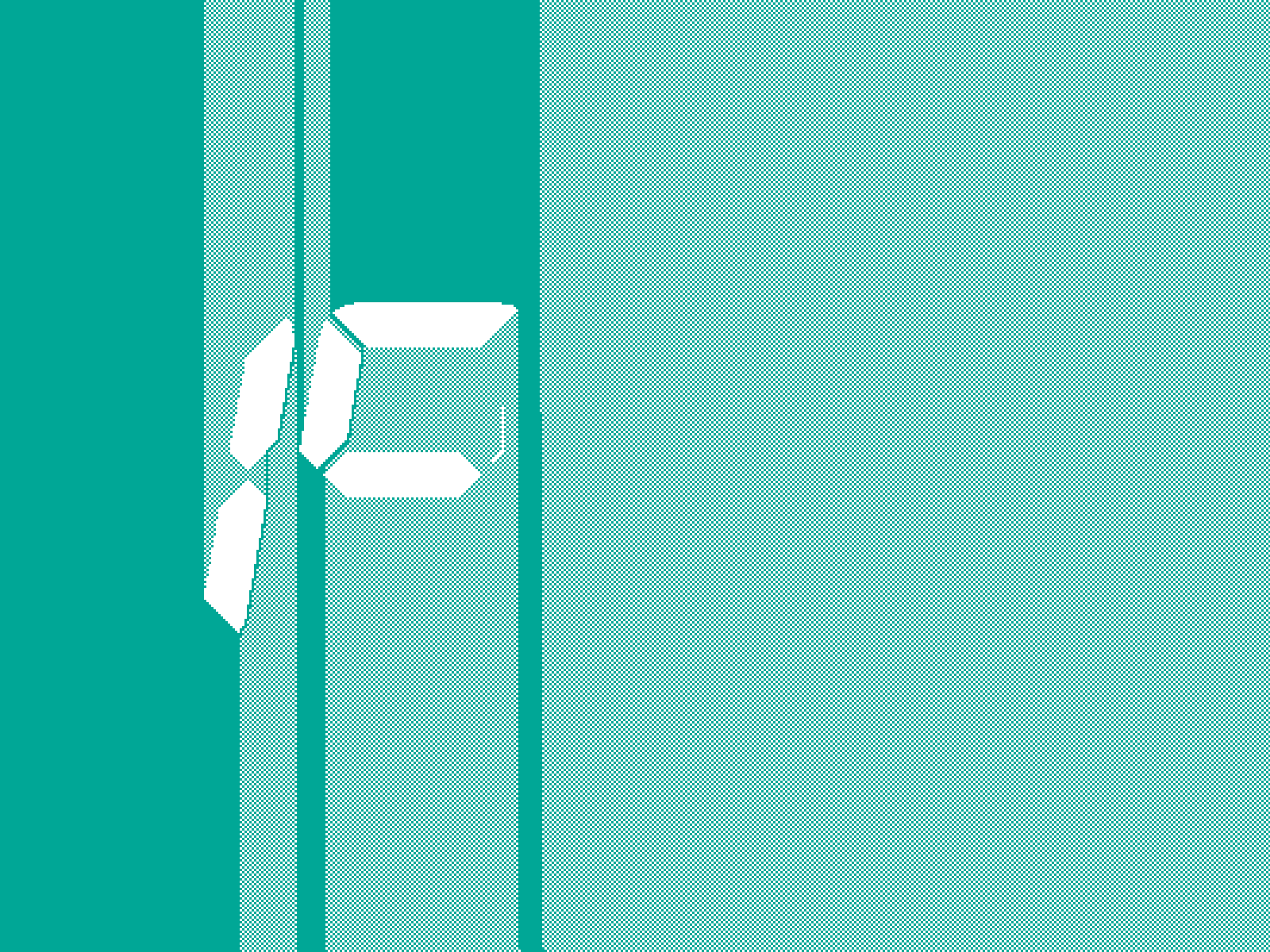
The thrill of wrapping up! As HOLO 2 nears completion, a world of detail falls into place. Excited yet? Here are ten (more) reasons why we are. The restless (color coded) loop of featured artist Jürg Lehni’s Flood Fill – Clock (2009) shown above couldn’t capture the current, final, stage of magazine production any better.…
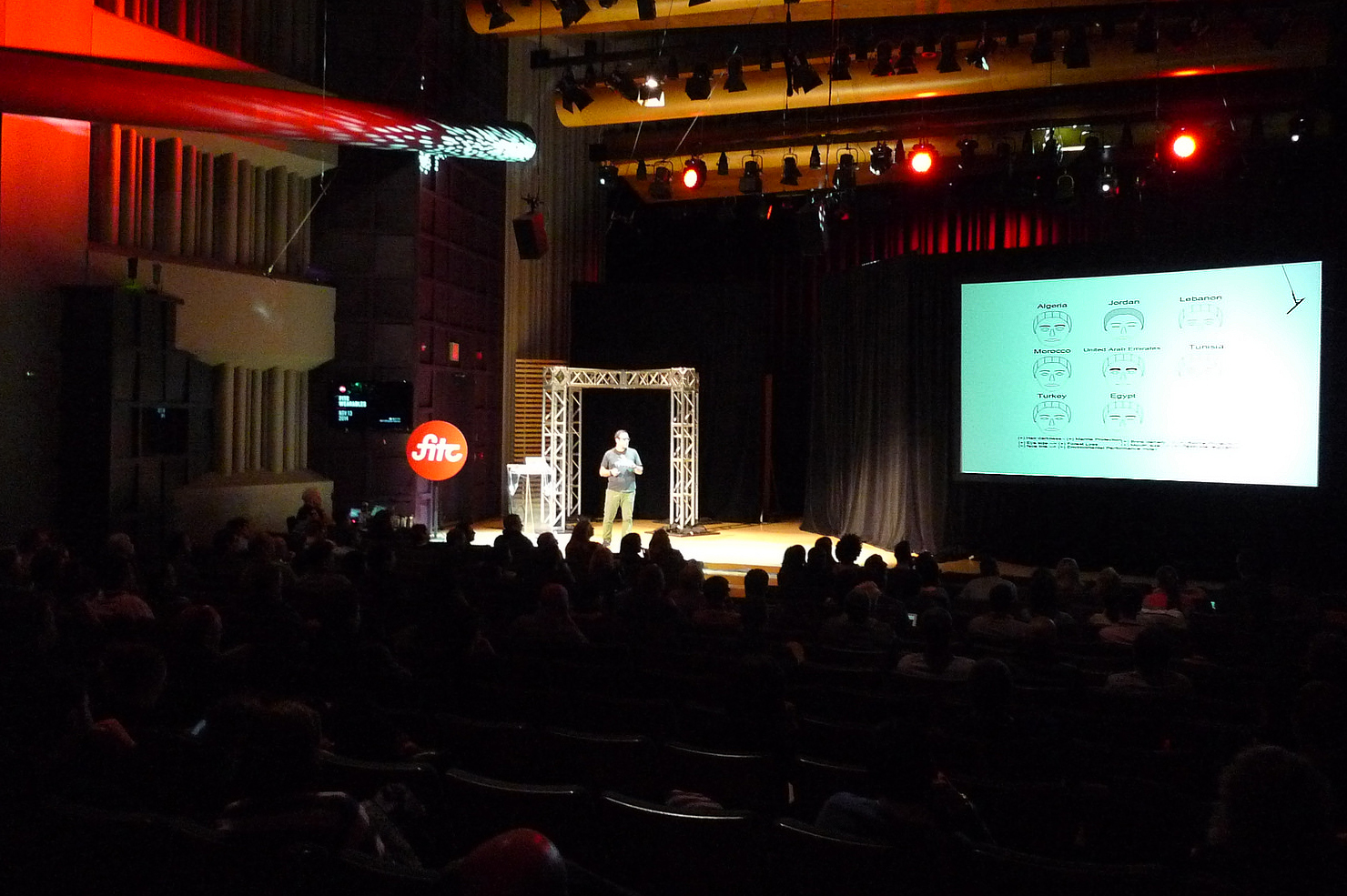
Last week the prolific Toronto-based tech event organizer FITC hosted a daylong summit on wearable technology. With a lineup bookended by ‘the father of wearable computing’ Steve Mann and Social Body Lab founder Kate Hartman, the invited speakers offered a range of opinions on ‘what’s next for wearables?’ for an audience of curious developers.

Benedikt Groß is a speculative and computational designer whose work is often featured on here on CAN. We recently interviewed him in order to glean a little insight about Benedikt’s thoughts his recent work, ‘outsider’ cartography, and generative strategies.
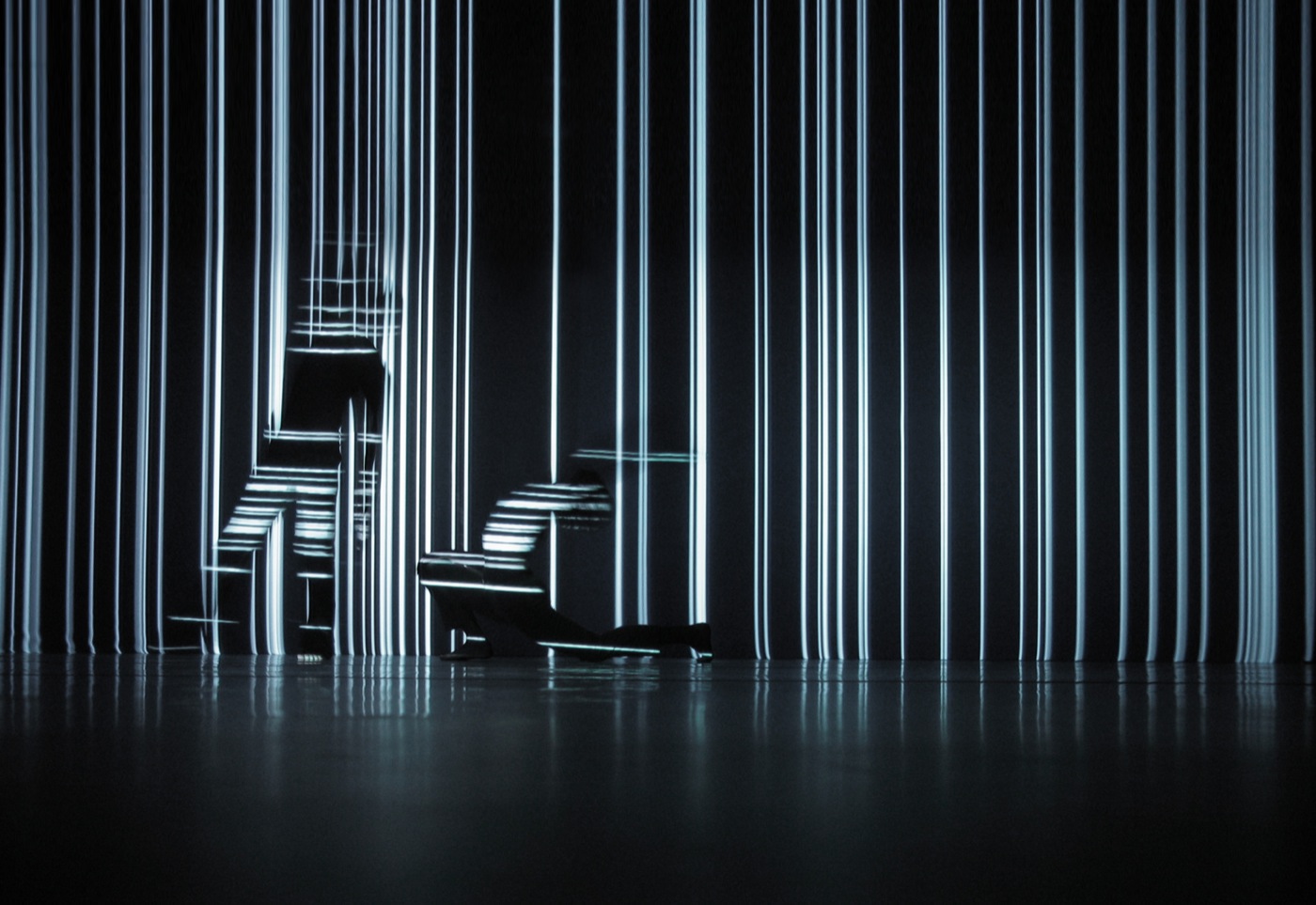
Curated in collaboration with the Moscow-based sound, art and technology community MIGZ, we are pleased to announce the Educational Programme for the Moscow International Festival “Circle of Lights” taking place 5th and 6th October at the Red October district.
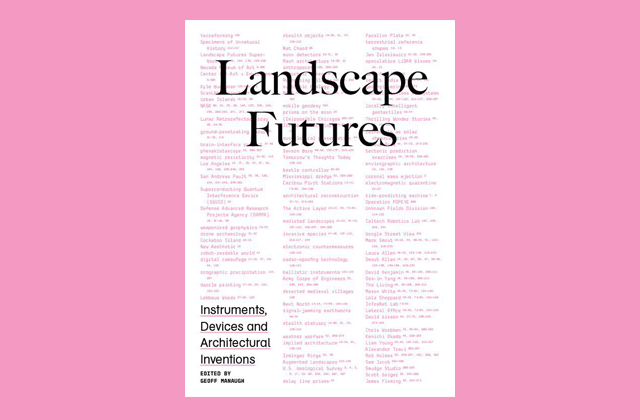
Landscape Futures is a recent book edited by Geoff Manaugh that unpacks the wildest intersections of landscape architecture, technology and perception. CAN interviewed Manaugh about the book last week to provide a window into this ambitious curatorial (and now editorial) project.
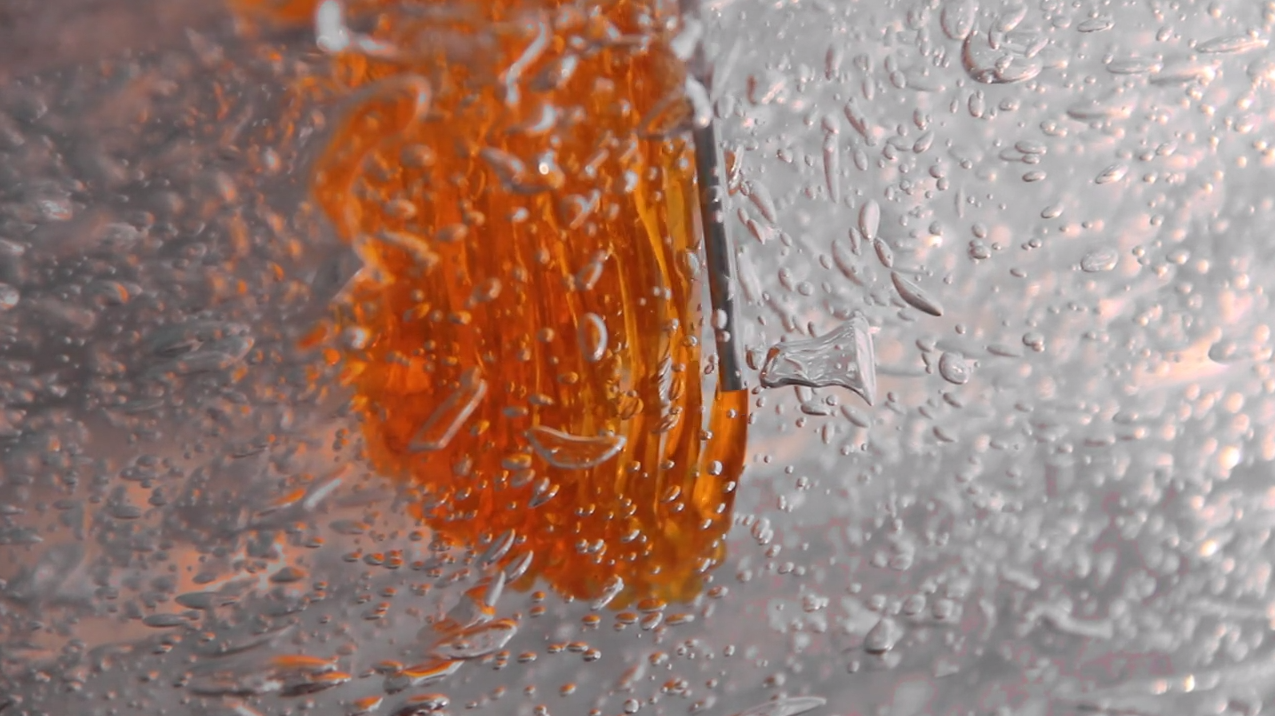
The process allows the creation of freeform objects without the need for molds or supporting structures. Likewise, tool can be changed, manual and multi-material injections performed, live modification and the ability to physically “undo” the print.
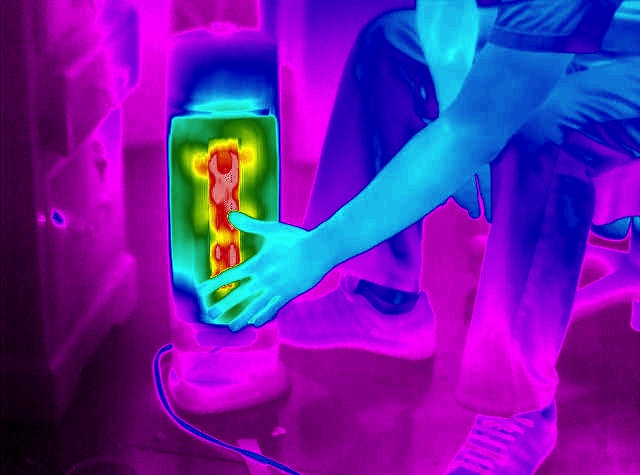
Choosing the right type of camera for your interactive installation is one of the most important technical choices you can make in your initial planning phases. Making the incorrect choice can really impact how well your installation reacts to its victims and it can also impact its ability to perform robustly in a large amount of environments.

